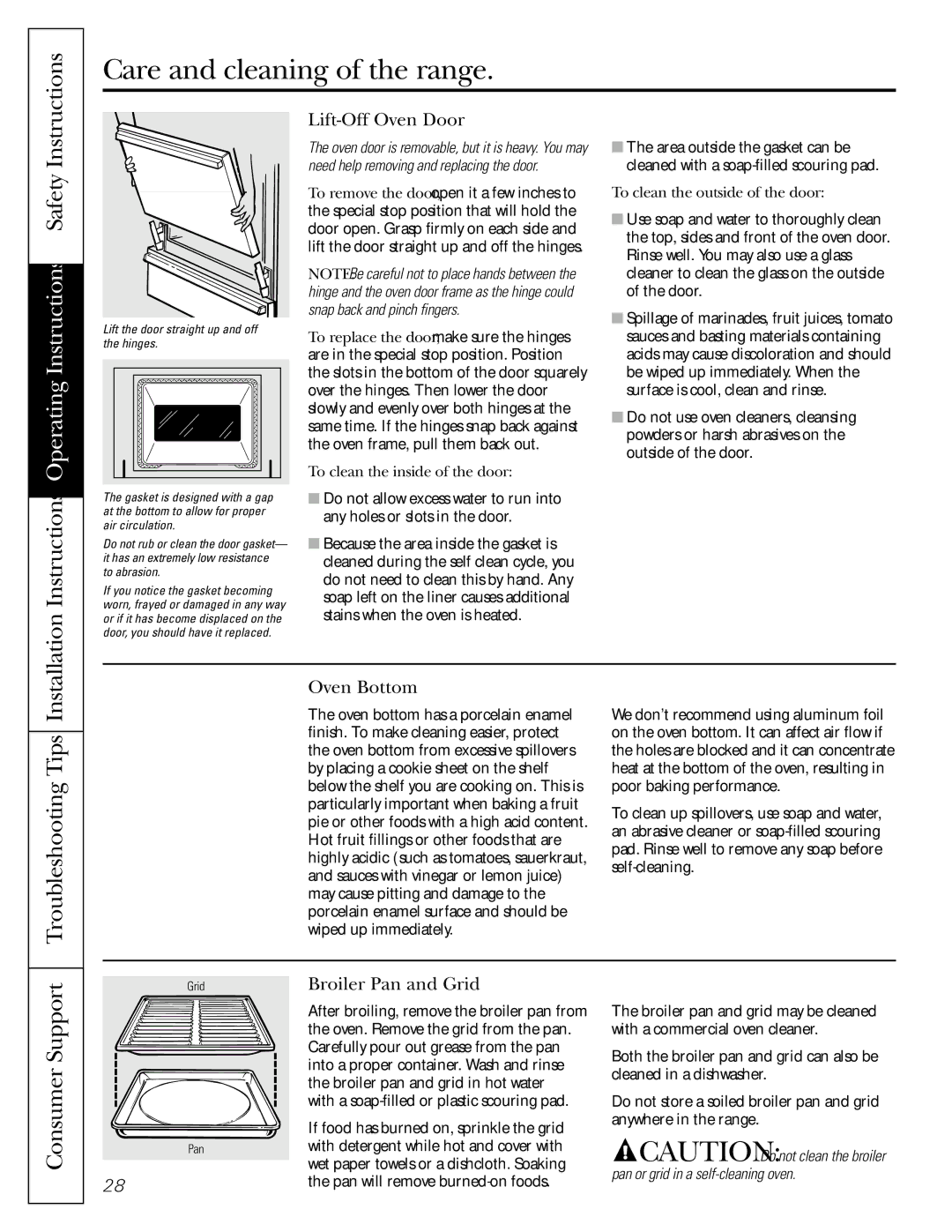EGR3000 specifications
The GE EGR3000 is a cutting-edge gas turbine engine designed to meet the demands of modern power generation and transportation applications. This innovative engine showcases a range of advanced features and technologies that enhance its performance, efficiency, and reliability.One of the key characteristics of the EGR3000 is its exceptional efficiency. The engine employs an advanced thermodynamic cycle, which incorporates a high compression ratio and an innovative cooling design. This efficiency is particularly important in reducing fuel consumption and emissions, making it an environmentally friendly option compared to traditional gas turbines. The EGR3000 boasts a thermal efficiency rating that places it among the highest in its class.
The EGR3000 utilizes a dual-fuel capability, allowing it to operate on a variety of fuels. This flexibility is crucial for operators looking to optimize their fuel use based on availability and cost, adding to the engine's versatility. Additionally, the engine is designed to accommodate both natural gas and liquid fuels, thereby enhancing its operational range.
Another notable feature is the engine's advanced modular design. This allows for easier maintenance and quicker turnaround times, minimizing downtime and operational costs for power plants and industrial facilities. The modular components can be replaced or serviced individually, which simplifies maintenance procedures and enhances overall reliability.
In terms of technology, the EGR3000 incorporates sophisticated materials and coatings that improve thermal resistance and durability. High-performance blades and combustion chambers are designed to withstand extreme temperatures, resulting in longer service life and reduced maintenance frequency. The engine also employs digital control systems that optimize performance parameters in real-time, ensuring peak efficiency under varying load conditions.
Emissions control is a critical aspect of the EGR3000's design. It features advanced combustion technology that minimizes NOx and CO2 emissions, aligning with stringent environmental regulations. The engine's design enables it to operate with lean-burn technology, further supporting reduced environmental impact.
Overall, the GE EGR3000 stands out as a powerful and efficient gas turbine solution. Its combination of high efficiency, fuel flexibility, modular design, and advanced emission control technologies makes it an ideal choice for various applications, including power generation and industrial processes. As energy demands continue to evolve, the EGR3000 positions itself as a reliable and forward-thinking solution for today’s energy landscape.

